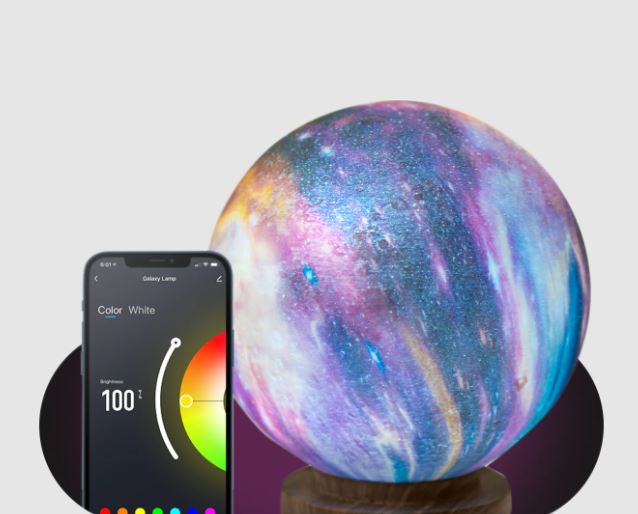In the world of modern technology, monitors play a crucial role in our daily lives. Whether you’re using one for work, gaming, or entertainment, the choice of monitor connectivity can significantly impact your experience. In this blog, we will explore four common monitor connectivity options: HDMI, DisplayPort, VGA, and DVI, and discuss their advantages and disadvantages to help you make an informed decision when connecting your monitor.
HDMI (High-Definition Multimedia Interface)
HDMI is perhaps one of the most widely recognized and used monitor connectivity options today. It was initially developed for home entertainment systems but has found its way into computer monitors, gaming consoles, and other devices. HDMI cables can transmit both video and audio signals in a single cable, making them a versatile choice.
Advantages of HDMI:
-
High-Quality Video and Audio: HDMI supports high-definition video and high-quality audio, making it ideal for watching movies, playing games, and other multimedia tasks.
-
Plug-and-Play: HDMI is simple to use; just plug in the cable, and most devices automatically detect and configure the display settings.
-
Versatility: HDMI cables come in various versions, with the latest versions supporting features like 4K resolution, HDR, and even 8K resolution, ensuring compatibility with the latest display technologies.
Disadvantages of HDMI:
-
Cable Length Limitations: HDMI cables have a practical length limitation, typically around 50 feet (15 meters). Beyond this length, you may experience signal degradation.
-
Lack of Support for High Refresh Rates: While HDMI can handle 60Hz and even 120Hz refresh rates, it’s not the best choice for monitors that support extremely high refresh rates, like gaming monitors with 240Hz or more.
DisplayPort
DisplayPort is a high-performance digital display interface that was designed with the needs of computer monitors in mind. It has gained popularity in recent years, especially among gamers and professionals looking for a high-quality display connection.
Advantages of DisplayPort:
-
High Bandwidth: DisplayPort supports very high data transfer rates, making it ideal for high-resolution and high-refresh-rate displays, including 4K and 8K monitors.
-
Daisy Chaining: DisplayPort allows you to connect multiple monitors to a single port through daisy chaining, simplifying cable management and reducing clutter.
-
Adaptive Sync: DisplayPort supports technologies like G-Sync and FreeSync, which help to reduce screen tearing and provide smoother gaming experiences.
Disadvantages of DisplayPort:
-
Limited Audio Support: While DisplayPort can transmit audio, it may not be as seamless as HDMI in this regard.
-
Cable Compatibility: There are different versions of DisplayPort, and not all devices may support the latest version, potentially limiting your monitor’s capabilities.
VGA (Video Graphics Array)
VGA is one of the oldest monitor connectivity options, and you’ll still find it on some older monitors and legacy devices. It uses an analog signal to transmit video, and it’s gradually becoming obsolete.
Advantages of VGA:
-
Legacy Compatibility: VGA is compatible with many older computers and monitors, making it useful for connecting legacy equipment.
-
Simple and Inexpensive: VGA cables are readily available and affordable.
Disadvantages of VGA:
-
Analog Signal: VGA uses an analog signal, which can result in lower image quality compared to digital options like HDMI and DisplayPort.
-
Resolution Limitations: VGA is not suitable for high-resolution displays and may not support modern widescreen formats.
-
No Audio Support: VGA only transmits video signals, so you’ll need a separate audio cable to connect speakers or headphones.
DVI (Digital Visual Interface)
DVI is a digital interface that’s been widely used in the past for connecting computer monitors. It comes in three main variants: DVI-A (analog), DVI-D (digital), and DVI-I (integrated).
Advantages of DVI:
-
Digital Signal: DVI-D and DVI-I provide a high-quality digital signal, ensuring excellent image quality.
-
Versatile: DVI connectors are compatible with a range of adapters, making it possible to connect to VGA, HDMI, and DisplayPort.
-
Reasonable Cost: DVI cables and adapters are relatively affordable.
Disadvantages of DVI:
-
Lack of Audio Support: DVI primarily transmits video signals, so it does not support audio. Separate audio cables are necessary for audio transmission.
-
Phasing Out: DVI is slowly being replaced by HDMI and DisplayPort, so it may not be the best choice for modern displays.
Conclusion
Choosing the right monitor connectivity option is crucial to ensure the best possible experience with your display. HDMI is a versatile and widely supported choice for high-quality video and audio. DisplayPort excels in high-performance scenarios, especially for gaming and professional use. VGA and DVI, while still useful in certain situations, are becoming less common due to their limitations.
When selecting a cable, consider the specific requirements of your monitor and devices, ensuring that you have the necessary ports and capabilities for your desired use. Whether you prioritize resolution, refresh rates, audio support, or legacy compatibility, understanding these connectivity options will help you make an informed decision that meets your needs.
Read Also: 9 Reasons Why the Intel Evo Laptop Is Great for Engineers







